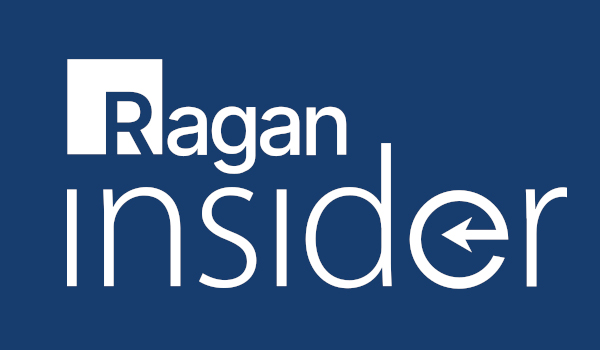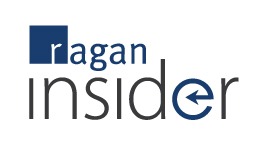Best and worst hashtag practices for online marketers
On Twitter and some other platforms, the # affords social media managers ample opportunities to promote a brand—done properly. If you commit certain missteps, you’ll do more harm than good.

Hashtags are wonderful social media marketing tools. They can highlight trends, tie campaigns to chosen keywords, and isolate conversations.
The allure of the hashtag is strong, especially for brand managers who desire a customized platform for their content. On Twitter (and, to a lesser extent, on Facebook, Instagram, and Google+), hashtags make for easy tracking of everything from primetime TV shows to organic political movements.
However, like all good things in life, the hashtag should be used in moderation. The pound sign carries great power, but only if deployed responsibly. TechCrunch’s Jordan Crook bluntly referred to users who abuse the hashtag as “hash-holes.” Avoiding that label requires an understanding of where the hashtag is most beneficial in messaging and where it should never be deployed.
Here are examples of good and bad hashtag strategy in brand social messaging:
Bad practice: Leveraging trending hashtags without tying back to your products
Become a Ragan Insider member to read this article and all other archived content.
Sign up today
Already a member? Log in here.
Learn more about Ragan Insider.


